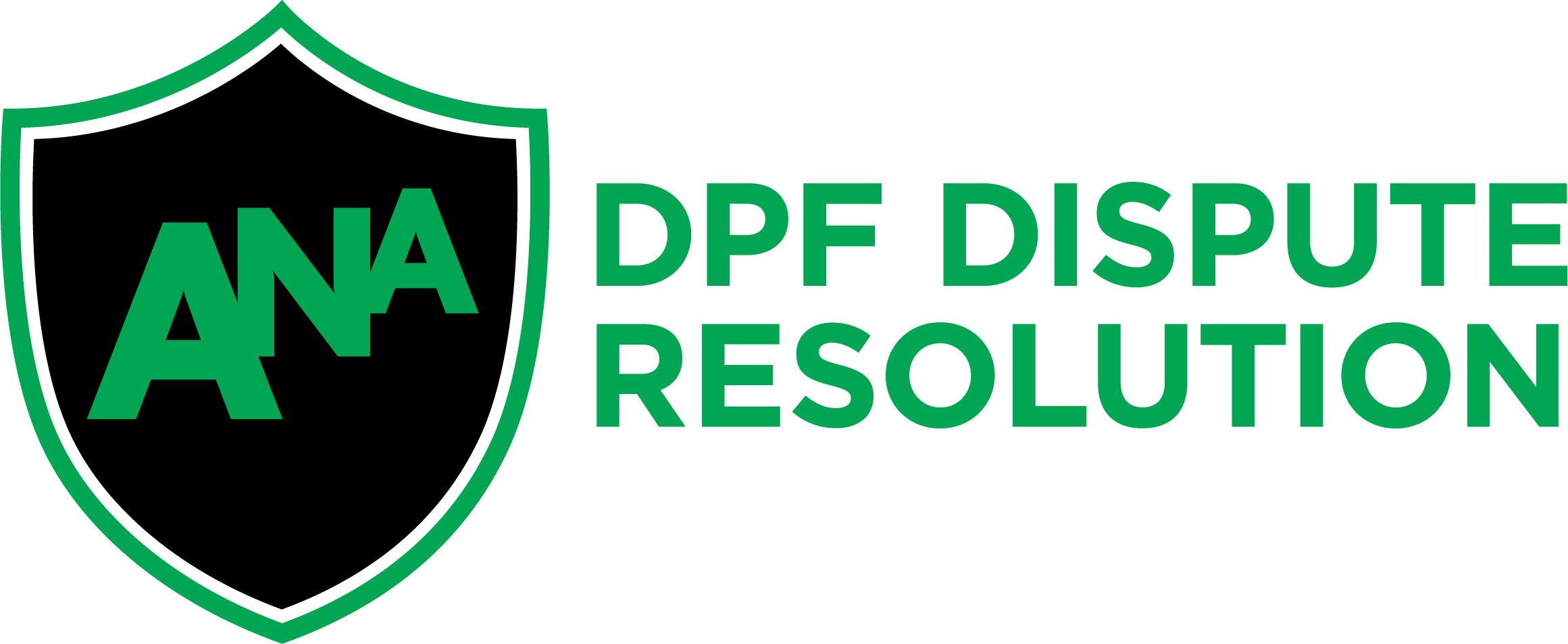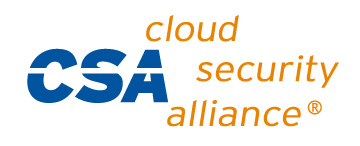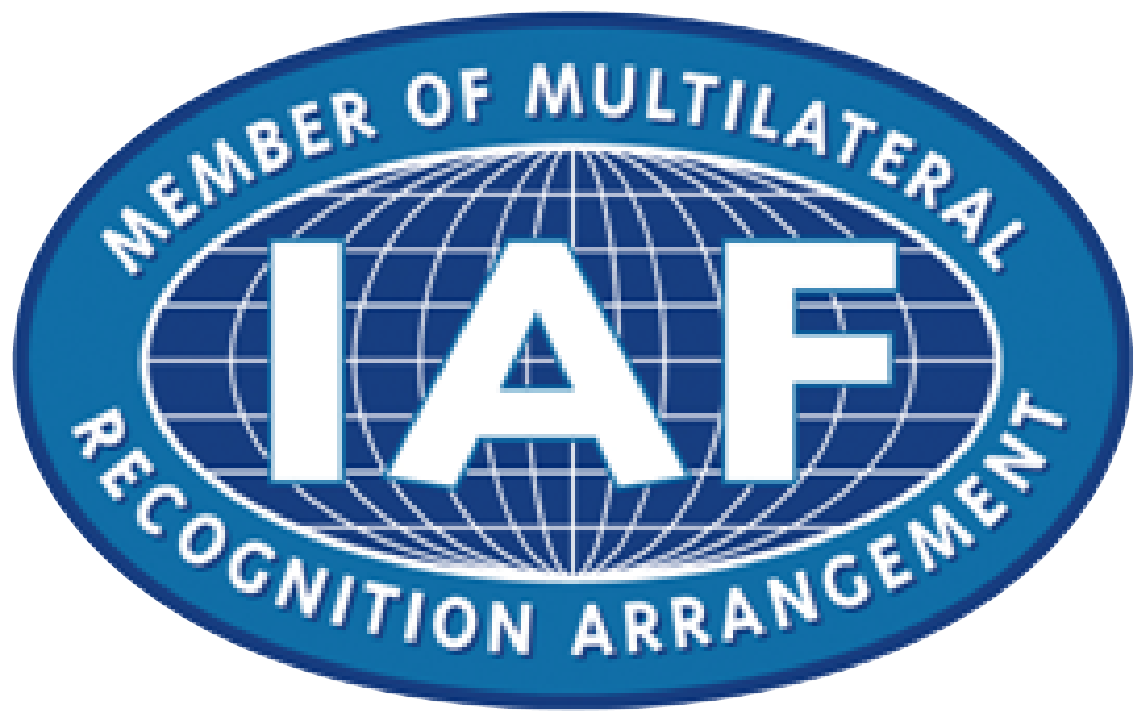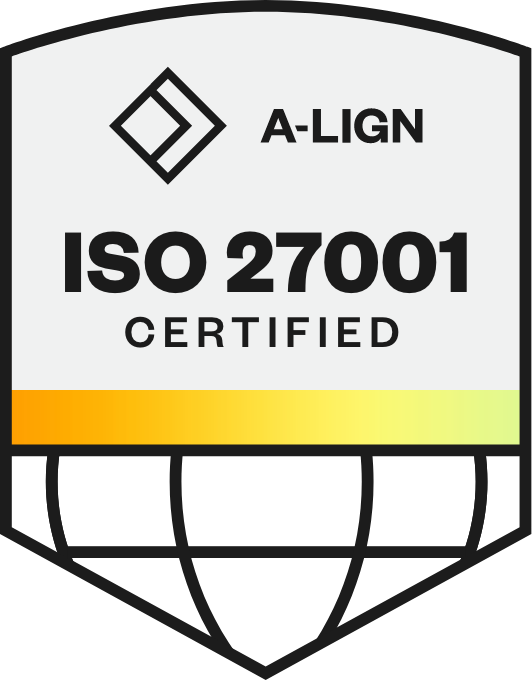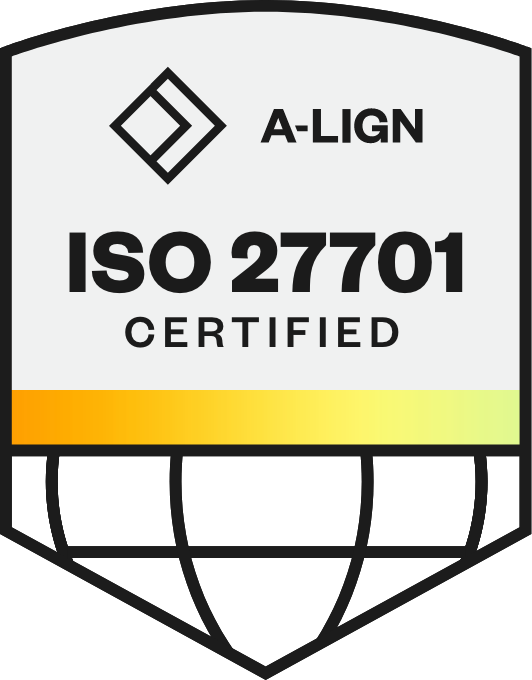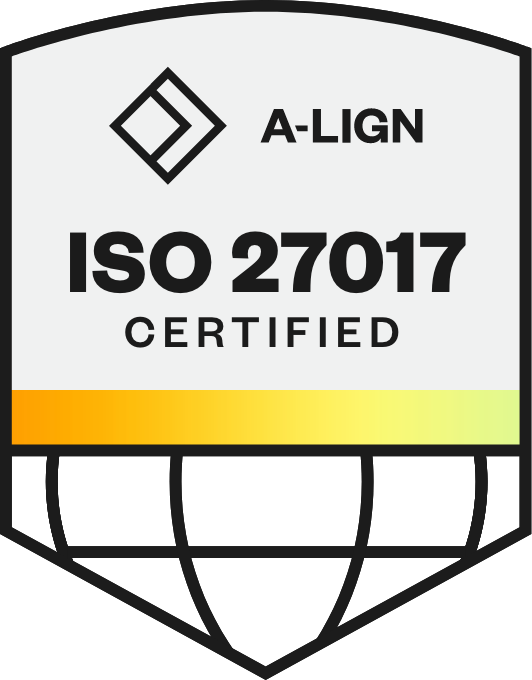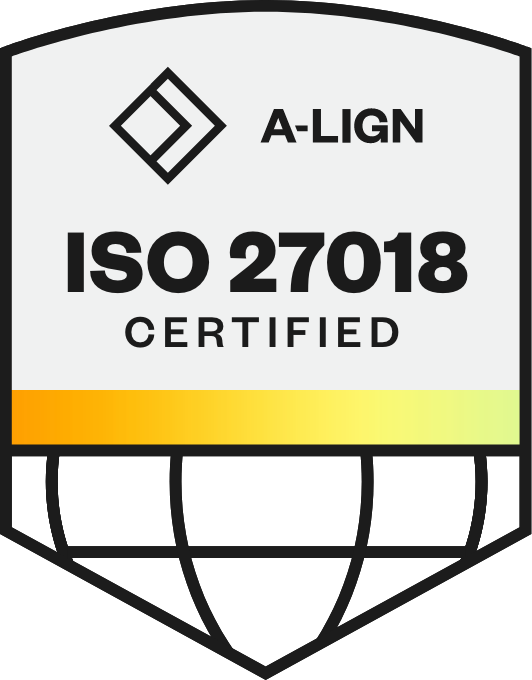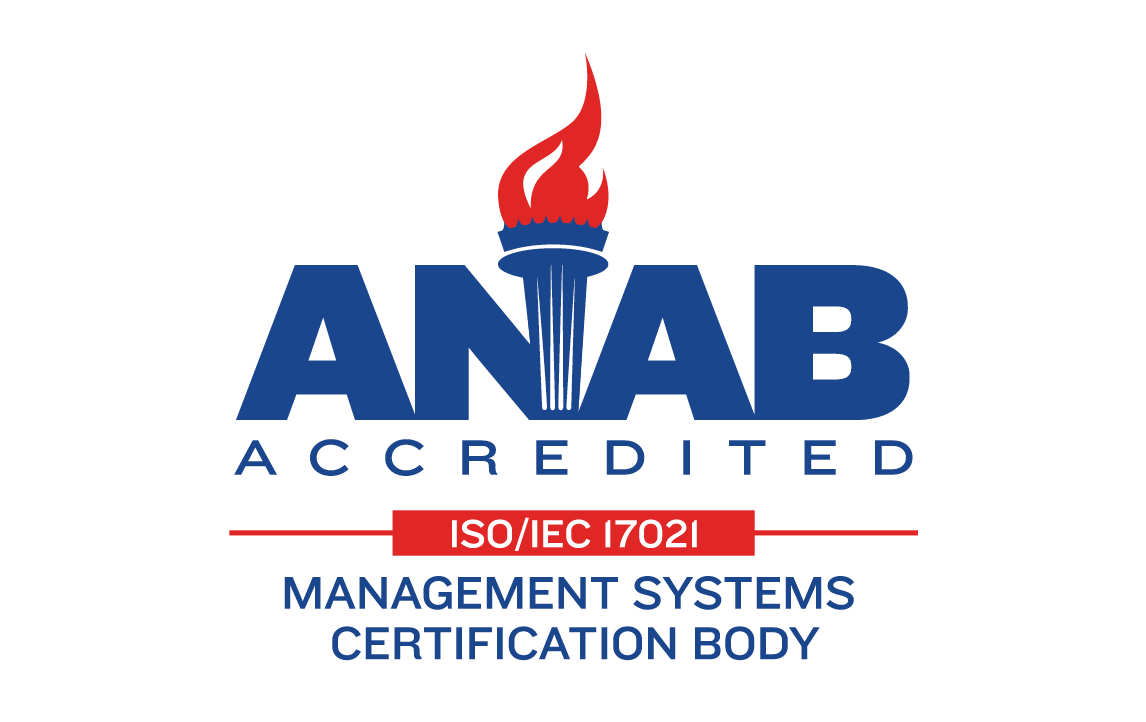
Recruitment Marketing Guide: Everything Needed to Build Your Strategy
Recruiting top talent has changed a great deal in the last decade. Gone are the days of posting a job, running an advertisement, or sharing an opening on social media, and hoping that it convinces job seekers to apply.
Technology has transformed recruitment. Now, HR teams can rely on artificial intelligence (AI), recruitment marketing automation, and HR technology to aid in building a recruitment strategy that will allow them to attract, engage, and hire top talent faster. However, this technology alone isn’t enough. If recruiters want to nurture and build more meaningful relationships with candidates, they have to act — and think — like marketers. Marketers are trained to influence and engage an audience and convince that audience to take action. To hire and retain the best talent, recruiters need to adopt a marketing mindset and marketing strategies.
The challenge: marketing and talent acquisition (TA) teams traditionally operate as distinct entities. However, recruiters can use many of the same marketing tactics and strategies to improve talent acquisition practices through recruitment marketing.
Recruitment marketing can help talent acquisition teams reach top talent, establish a positive employer brand, and provide a fantastic candidate experience from initial engagement to hire. We’ve created The Definitive Guide to Recruitment Marketing to help recruiters understand how to reach top talent by building an ideal candidate experience and boosting their employer brand. This guide will help you:
Understand what recruitment marketing is
Use recruitment marketing examples to build an effective recruitment strategy
Use the best marketing channels and tactics to find and attract top talent
Capitalize on recruitment marketing automation technology to create efficiency
Establish a strong employer brand that reflects your mission, values, and culture
Measure and optimize your recruitment marketing efforts
In This Article
What is recruitment marketing?
Recruitment marketing refers to the strategies and tactics an organization’s TA team can use to find, attract, engage, and nurture talent before they apply for a job. Traditionally, marketing is used to raise brand awareness, drive engagement, and convert leads into paying customers, but TA teams can apply similar practices to find the best talent and culture fit for their company.
Effective recruitment marketing is about proactive and reactive job sourcing. Recruitment marketing is not just about posting potential jobs and hoping to find your one-in-a-million dream candidate. Recruitment marketing is about creating a strong magnet that draws talent to you. But to do that, you need to be sourcing above the funnel.
Proactive campaigning happens before the immediate need to fill a role presents itself, like in the case of preparing for seasonal or cyclical hiring. Reactive campaigning, on the other hand, happens as the result of an unplanned departure.
Recruitment marketing tactics are relevant for candidates, employees, and alumni employees. While external recruitment marketing focuses on bringing new talent into an organization, internal recruitment marketing educates current employees on different career paths available in the organization, provides them with specific job-matching opportunities based on their profiles, and helps them progress and build skills to move their careers forward.
Regardless of whether the recruitment is proactive or reactive, internal or external, the recruitment marketing funnel can be used to illustrate how a job seeker moves through each stage of their candidate journey.
Awareness. A candidate’s first impression of your employer brand. They likely encountered your brand through their job search on various job boards or social media.
Consideration. This introduces your value proposition as an employer. The candidate researches the role and your organization more thoroughly to consider whether or not they are interested.
Interest. The job seeker has a positive, personalized experience through various engagements such as a career site, chatbot, SMS, and email which encourages them to apply.
Application. During this phase, job seekers apply and interview for the role. This should be a seamless experience so candidates can apply quickly and are left with a positive impression. A difficult or confusing application process can increase friction and decrease your number of applicants. The hiring team should "sell" working for the company by explaining the value, benefits, and skills the job seeker will get as an employee.
Selection. A candidate is selected to fill a position. They use all of the information at their disposal, including their perception of the employer brand, salary, benefits, and more to decide whether or not to join an organization.
Hire. Finally, if a candidate accepts the offer, they are hired as an employee. It is at this stage that they can post a review of their recruitment experience and start the onboarding process.
The recruitment marketing examples and tactics discussed in this guide will help you move job candidates through the funnel from awareness to hire — with ease.
While many recruiters and TA teams use the terms “recruitment marketing” and “talent marketing” interchangeably, others believe “talent marketing” is a broader concept that involves the entire candidate lifecycle — including the awareness, hiring, employment, and post-employment stages — while recruitment marketing only includes the hiring stage.
For the sake of this guide, we will refer to talent marketing as the broader, entire-lifecycle strategy within which recruitment marketing fits. Our focus in this guide is to help you build a successful recruitment strategy using marketing techniques and tactics that recruiters can implement up to the point of hire.
4 recruitment marketing myths
There are a few persuasive myths and misconceptions that could misguide your recruitment marketing strategy. Let’s debunk them:
Myth 1: You should only promote your employer brand when you have job openings. Recruitment marketing isn’t only about promoting open roles. It’s also about marketing your organization and building a large talent pipeline you can call upon once you do have an open role. Strong recruitment marketing strategies enhance the reputation of your employer brand, build your talent pipeline, and help you fill roles once they are open.
Myth 2: Job seekers only care about money and perks. On the contrary, data shows that job seekers care about your employer brand and reputation. In fact, 63% of employees would consider leaving their current role for another company with a better reputation and learning and development opportunities. A great employer brand is a benefit that can make up for a lower salary or fewer perks.
Myth 3: Just posting your opening on a job board is enough to fill roles. While this is one strategic way to promote a job role, there are many effective recruitment marketing strategies and channels that help recruiters build their employer brand and fill roles. To quickly fill job openings and build your talent pipeline, you should rely on multiple recruitment marketing channels, as well as recruitment marketing automation, to get your messages across quickly and effectively.
Myth 4: Long application forms aren’t a dealbreaker for applicants. 60% of job seekers quit the online application process due to form length or complexity. That 60% includes great applicants. A long, difficult application process may stop candidates from applying, and limit your pool of candidates to choose from.
How to build a recruitment marketing strategy
Defining a recruitment marketing strategy helps TA teams and recruiters understand their goals and what steps they need to take to reach them.
Think of your recruitment strategy as a blueprint to attract top talent, establish your employer brand, and provide job seekers with a positive candidate experience. Establishing your strategy upfront makes marketing recruitment much easier in the long run.
Related Case Study: How DHL Delivers an Irresistible Employer Brand That Drives Results
What is an employer brand and why does it matter?
Before jumping into the specifics of recruitment marketing goals and strategy, it’s important to define what an employer brand is. Building a positive employer brand is an important part of every recruitment marketing strategy, as it impacts your ability to attract and retain top talent.
An employer brand reflects the values and value propositions of a company. It’s also a way for businesses to differentiate themselves from other companies in order to interest future employees and retain current ones.
On top of that, an employer brand is a company’s reputation. It affects how employees and job seekers perceive the company. It also impacts whether or not a job seeker wants to work for a company. In fact, 50% of candidates say they wouldn’t work for a company with a bad reputation — even for a pay increase.
To learn more about establishing a positive employer brand, read this article on why genuine employer brands resonate louder.
To get a better sense of the difference between recruitment marketing and employer branding, check out this blog that goes into detail.
Setting recruitment marketing goals
Having documented goals can help you identify the best recruitment marketing channels and tactics to accomplish them.
For instance, if one of your main goals is to increase candidate engagement with your employer brand, then you may place high importance on optimizing your career site to include chatbots. Or, maybe you want to increase the number of job applicants received through social media. In that case, you may prioritize social media marketing over other tactics.
Here are some recruitment marketing examples of goals you may want to consider:
Increasing employer brand awareness through employee testimonials
Increasing web traffic to your career site through SEO
Growing your job applicant pool through drip campaigns or recruitment events
Increasing the number of completed job applications by reducing the length of applications
Improving job acceptance rates by revamping your interview process
It’s important to document measurable goals and set a time period within which you would like to achieve them. Share your goals with your team so everyone understands what you are working toward.
HR technology can provide analyses to help you track your progress toward your unique goals. We’ll dig deeper into this later.
Related reading: 7 Excellent Examples of Recruitment Marketing
Define your audience and build personas
Identifying your target audience and building personas is a critical step in any recruitment marketing strategy. Marketers use the term “personas” to refer to their ideal target audiences. Personas let you attach a name and characteristics to a fictionalized person who mimics the characteristics of your ideal job applicant. This helps you reach and attract them to your employer brand with targeted messaging.
It’s good practice to create a persona for each ideal job applicant you have. If you’re recruiting for a technology company, for instance, the persona of an engineering candidate will likely differ greatly from the persona of a marketing role.
Your different personas should include information, like:
Demographics. What specific criteria might be beneficial to the success of an applicant in this role, such as education level, skills, interests, goals, or certifications?
Behavior. Where does this persona turn to for information about a company? What websites and blogs do they read? Who do they engage with on social media?
Psychographics. What does this persona believe about themselves? What are their short- and long-term goals? What values drive them? What are their challenges and pain points?
Geographics. Where are they located? What are their geographic preferences? Can they work remotely or does the position require an in-person or hybrid schedule?
You can use worksheets like this candidate persona template to help you build your ideal job candidate personas.
Select your marketing channels and tactics
When thinking about which marketing channels to use, first think about where your personas go online to seek information about jobs and employers. It’s likely there are generational differences across your personas, so keep that in mind when seeking diverse talent.
Here are four highly effective recruitment marketing examples of channels talent marketers rely on to optimize their candidate funnel and build their employer brand:
Career sites for job seekers and employees
Social media
SMS/texting
Email marketing
We’ll cover each channel in detail in the next section. But, depending on your unique goals, know that you may choose a couple — or all of these channels — to support your recruitment marketing strategy.
How to create engaging career sites
Career sites showcase employer branding and encourage job seekers to learn more about what it’s like to work at your company. Career sites also keep recruitment efforts separate from a company’s primary website, which is often used for marketing products or services. However, it’s important to note that branding should be ubiquitous throughout your entire website. Candidates should not feel like they’re leaving your company site to apply for a job.
Effective career sites should highlight elements of your culture, core values, benefits, and more to resonate with your candidate personas and be consistent with your employer branding. It’s the perfect place for you to control your message and share your brand’s story.
Related: CONMED’s Candidate Experience Performs 14% Higher Than Industry Average
These five elements should appear on both internal and external career sites. Since internal job seekers and external candidates are ultimately different audiences, it’s important that TA teams create separate career sites for them.
Job postings. Job postings should be up-to-date and clearly accessible from within your career site. Make sure your apply flow is optimized to ensure candidates have the smoothest journey to apply.
Testimonials. Gather testimonials from current employees in various departments and display them prominently on your pages. This is an effective form of social proof — a form of influence that highlights how others achieve positive results — that contributes to creating a positive employer brand.
Videos. Show candidates what your employees love about your company, rather than simply tell them. As attention spans get shorter, video content is more likely to capture candidates’ attention.
Glassdoor reviews. If your company has Glassdoor reviews higher than four stars, display your reviews on your career site. You can ask employees to write Glassdoor reviews, but make sure you encourage employees to leave honest feedback.
Chatbots. Chatbots can be used to automate tedious tasks like sourcing, screening, scheduling, and providing helpful information. Chatbots should be set up to sound friendly and answer commonly asked questions. Job seekers should be able to quickly get answers to their most pressing questions, and chatbots are a great way to scale that part of the process.
For example, a major healthcare company is overcoming high-volume hiring and retention hurdles with a chatbot that has helped reduce time to schedule an interview by 86%. “It used to take us five to seven days to connect with graduate nurses. Now, within 24 hours, they’re receiving an invite to schedule a screening,” said their manager of talent acquisition.
For a career site to effectively convert job seekers into applicants, potential candidates need to be able to find it online. SEO helps to make your career site more discoverable in search results.
Following SEO best practices, like setting up your metadata, indexing proper pages, using alt text on images and videos, and optimizing your URLs, can ensure your site is easily found in job searches. These SEO elements are managed within your career site’s Content Management System (CMS).
Mobile optimization is another key consideration. Glassdoor found that 58% of their users look at jobs from their phones. If candidates have a bad experience on your career site because it isn’t mobile-friendly, they are more likely to bounce and look for jobs elsewhere.
Two additional elements to keep in mind when creating your career sites are accessibility and inclusion.
Having an accessible site not only ensures that you're compliant with Web Content Accessibility Guidelines (WCAG) 2.2, but also that you’re expanding your candidate pool as wide as possible and attracting diverse candidates, inclusive of all abilities and persons.
Related: Every Career Site Should Be Accessible. Here’s Where to Start.
Diversity, equity, and inclusion are important elements to consider when building your employer brand, and integrating these values into your site can be impactful. Highlighting Employee Resource Groups (ERGs) and events for various demographic groups can offer a space for sharing experiences and amplifying voices within the workplace.
Related reading: Diversity & Inclusion: The Definitive Guide for HR
To get a comprehensive view of all the features that make for an amazing candidate experience, download our State of Candidate Experience: 2024 Report, which analyzed how well the Fortune 500 attracted, engaged, and converted candidates into applicants.
Leveraging social media to expand your reach
Social media marketing contributes to creating an online employer brand that attracts and engages potential candidates. In fact, 96% of job seekers use social media when conducting a job search.
While LinkedIn is most commonly used for recruitment marketing, other channels include X, Instagram, Facebook, and TikTok. Each platform serves a different purpose, so it’s important to only pick platforms that enhance your company’s brand.
Related: How Chili Piper Won the TikTok Recruitment Game
Your candidate personas will determine which channels to prioritize. For instance, advertising job openings on TikTok is a strategic move to attract a younger audience, as 60% of TikTok users are GenZers.
Here are six things you need to think about before using social media for recruitment marketing:
Set up separate social accounts to support your recruitment efforts. Because your recruitment personas and marketing personas are likely very different, consider having separate social accounts to best speak to and engage with job candidates.
Include a link to your career site in your social bios. Make it as easy as possible for those who want to learn more about your employer brand and job openings to do so.
Create social content that reflects your employer brand. Content that engages potential candidates should be helpful, evocative, important, and memorable. It should contribute to the feeling you want followers to have about your employer brand.
Encourage employee referrals. Leverage your employee’s existing talent networks to reach your ideal candidate. Make sharing job postings and events easy by providing content for employees to post or reshare on social media and consider employee incentives for successfully referring a candidate.
Evaluate paid social ads. After building your social presence on your chosen platforms, consider allocating a budget for paid media, which can help target your job postings to a more specific audience.
Measure results and adjust course. Nothing is ever set in stone when it comes to marketing recruitment, especially on social media. It’s okay to go back to the drawing board if you don’t see results. Measure, iterate, and try different tactics.
Your social media presence is a part of your employer brand and reputation. It’s also a key recruitment strategy. With that in mind, it’s important to know what to avoid so you don’t negatively impact your employer brand or your recruitment marketing strategy.
Here are four mistakes to avoid on social media:
Don’t be insensitive or careless. World-renowned companies have damaged their employer brand through careless social media posts that were insensitive or hurtful. To avoid mistakes like this, develop a consistent employer brand voice you can use across your social media channels. Also, educate anyone who posts on your social media accounts on best practices.
Don’t stop posting. Long periods of time where you don’t post on your employer social media accounts makes a bad impression on job seekers. They may wonder if you truly care about your employer brand, if the company is struggling financially, or if you’re understaffed and unable to post regularly. On top of that, it’s difficult to build an audience if you don’t post regularly.
Don’t post job openings only. Instead, think about ways you can add value to your followers. Post content that’s helpful and interesting to them — like career advice, insights on the hiring process and interviewing, or even employee perspectives on your company and culture.
Don’t always post the same content on all of your social media platforms. Though it’s ok to do sometimes, keep in mind that certain types of content perform better on different social media platforms. For instance, images and video are the focus of Instagram. In comparison, written copy tends to perform better on LinkedIn. To maximize your engagement, customize your posts to each platform.
Connecting through SMS campaigns
SMS — or text messaging — marketing is becoming more popular. And it’s no surprise. SMS receives impressive open rates of about 96% — with those messages being read within the first 90 seconds of being sent.
Recruitment marketing is about creating personal relationships, and SMS is one of the most personal ways to connect. It’s meeting the candidate where they are — on their mobile device — and quickly communicating with real-time job status updates, event invitations, job postings, and interview appointments.
Here are three tips to incorporate SMS into your recruitment marketing strategy:
Personalize your text messages. Use recruitment marketing automation technology to add a personal touch to texts by using the potential candidates’ first names and only sending them event or job updates relevant to their professional interests.
Strategically use one-to-many SMS messages. Not all texts need to be one-to-one. You can send mass text messages to a wide recipient base as long as the content is relevant. With AI technology to help you, you can set up campaigns in advance and automatically send out updates to lists as needed.
Enable text-for-info. Allow your candidates to text a keyword to receive up-to-date information about your job postings and events, and even get answers to commonly asked questions.
Related case study: How This Company Converted 69% of Job Seekers with SMS Marketing and a Recruitment Marketing Strategy
Email marketing best practices
Email marketing helps you to stay in touch with and nurture job seekers in the recruitment funnel throughout their candidate journey.
However, whether job seekers entered your recruitment funnel through applying for a potential job, signing up for company updates, or attending an event, you need to get their permission to email them due to General Data Protection Regulation (GDPR), which dictates that sites clearly articulate how a visitor’s data is used. Getting permission can be as simple as a potential candidate filling out a form to hear about job updates from your company.
Thankfully, following a few best practices will ensure you won’t have any issues staying compliant with GDPR. Here are seven tips to get subscriber permission and set up an effective recruitment email marketing strategy:
Ask candidates to sign up for updates. Add a checkbox or language to your career site and application to let potential candidates know about the benefits of being a part of your talent community and what to expect from your email updates. This helps keep leads warm for positions that take longer to fill.
Create an email content calendar. Determine how often you want to reach out to your talent community and use your talent CRM to map out your email sends. Bonus points if the content in your email aligns with events, thought leadership content, and social content.
Add a signup form to your career site. A signup form on your career site is an easy way to collect job seekers’ email addresses to grow your email candidate pool.
Set up automated email campaigns. Automated drip campaigns keep candidates connected to your company and informed of new job opportunities. You can even send candidates personalized, curated job listings based on what you know about their job preferences.
Write compelling subject lines. Subject lines are one of the main reasons a candidate will open an email. Often, effective subject lines are short — about 4 to 7 words — and speak to your candidates’ motivators. However, this can vary greatly, and it’s important to track email open rates and test to learn what their audience responds to best. Try asking a question and approach writing subject lines with a conversational tone — or use GenAI to help write it.
Segment your email list. Send highly personalized emails to a clearly defined segment of your audience to improve opens, clicks, and engagement. For example, send personalized emails to segments based on job title or department, experience level, or location.
A/B test your emails. The best way to improve your open and click rates is by measuring what works and what doesn’t, and A/B testing is a great way to do this. An A/B test is when you send two variations of a nearly identical email to segments of your list to see which performs better. For example, you can test a short subject line against a long subject line to see which earns a higher open rate. You can test almost anything — like send time and day, content length, button colors, and more — to optimize your campaigns.
Get inspired: How This Software Company's One-Person Recruitment Marketing Team Drove a 700% Increase in Applications
Tracking and optimizing recruiting campaigns
Analyzing and tracking results and making data-informed decisions helps you optimize your recruitment marketing funnel and have more meaningful conversations with candidates.
Some key recruitment marketing metrics you will want to track include:
Number of job applicants and returning job applicants
Page views, bounce rate, time on site, number of pages viewed, and new and returning traffic to your career site
SMS open and engagement rates
Social media engagement — such as likes, comments, and shares
Email marketing open and engagement rates
The number of completed applications
Time-to-hire
Time-to-apply
Apply rate
Cost per application
Ultimately, you have to test to see what works.
Checking the results of your tests along with traditional recruitment metrics will give you a holistic look at how your recruitment strategy is paying off. This information will help you optimize your recruitment marketing strategy to attract, discover, engage, nurture, and convert more top talent.
Read more: Driving Successful Business Outcomes with Talent Analytics
Creating a talent marketer experience
In order to allow talent marketers and talent marketing managers to be both content creators and strategic thinkers, it’s important to streamline your strategy with recruitment marketing automation. Phenom Talent Marketer Experience, for example, integrates extensive datasets from candidates, employees, and alumni — taking that information and creating and delivering personalized journeys tailored to each individual.
This technology is powered by Phenom Talent Experience Engine, making the entire process quicker, more intuitive, and extremely user-friendly and allowing talent marketers to:
Generate content: Quickly produce landing pages, emails, and SMS campaigns at scale with the help of Phenom X+.
Identify segments: Automatically pinpoint high-performing segments using real-time data from the platform.
Build personalized journeys: Design engagement plans for candidates, employees, and alumni based on detailed analysis and recommendations.
Automate outreach: Determine the best channels and timing for outreach to optimize engagement and conversion.
This cohesive talent marketer experience enables teams to create hyper-personalized content — enhancing the efficiency and effectiveness of talent marketers, helping them manage talent pools and automate tasks, ultimately saving time and improving outcomes.
Related reading: A New Era for HR: Product Innovations For Hiring & Retaining Talent
Summary
Recruitment marketing is more than a means to hire top talent. It’s a strategic approach to attract, engage, nurture, and convert candidates, create an ideal candidate experience, and bolster your employer brand. Remember:
An effective recruitment marketing strategy takes both external and internal job candidates into consideration. It includes reactive and proactive marketing efforts.
Set and document personas and goals to give your recruitment marketing strategy direction and inform which marketing channels and tactics will help your team accomplish them.
Review your career site to ensure it is accessible to all potential candidates, optimized for search engines, and provides the best possible candidate experience with automated conversations through the chatbot.
Personalize communications with your talent community through social media, SMS, and email marketing.
Track and measure results for all campaigns. Don’t be afraid to change course — no recruitment marketing strategy is ever written in stone.
Optimize your recruitment marketing with Phenom
Phenom’s suite of recruitment marketing tools will help TA teams and recruiters attract, discover, engage, nurture, and convert job seekers into new employees.
Easily create and manage career sites to build a talent pipeline and stay engaged with candidates throughout their candidate journey with Phenom Career Site.
Grow engaged candidate pipelines, easily identify top talent, and rediscover quality candidates with Phenom Talent CRM.
Automate and optimize candidate conversations with an AI-powered, conversational chatbot, SMS, and email marketing technology. Nurture talent leads by cultivating and maintaining relationships for upcoming career opportunities.
Use Phenom One-Way Interviews to fast-forward the screening process, optimize team collaboration, and apply an equitable approach to screening candidates.
Schedule interviews faster using Phenom Automated Interview Scheduling, which enables candidates to self-select and automatically schedule their ideal interview time based on real-time team availability.
Get recruitment insights to discover and rediscover candidate leads based on fit with Phenom AI Insights.
Leverage Phenom Talent Marketer Experience to craft hyper-personalized content efficiently, captivate candidates with unique journeys, and drive engagement through advanced AI and automation in the Talent Experience Engine.
Take the Next Step – See How Talent Companion Streamlines Job Matching and Screening
Get the latest talent experience insights delivered to your inbox.
Sign up to the Phenom email list for weekly updates!



